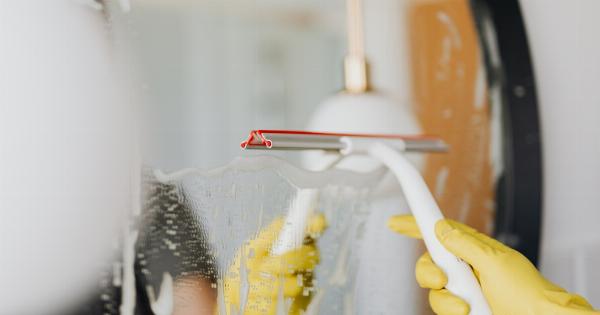Mole is a common type of skin blemish that can occur at any age, and it’s usually harmless.
However, some people find their moles unsightly or uncomfortable, and some moles may even turn into a melanoma later in life, which is a type of skin cancer. Therefore, it’s important to know how to remove a mole from your skin safely and effectively.
Types of Moles
There are different types of moles that can appear on your skin, and it’s important to know the difference between them to determine which ones can be removed and which ones should be left alone.
1. Congenital Moles
Congenital moles are ones that are present at birth or appear shortly after, and they are more likely to develop into a melanoma later in life.
Therefore, if you have a congenital mole, it’s important to monitor it for changes and have it checked by a dermatologist regularly. Usually, congenital moles should not be removed.
2. Dysplastic Nevi
Dysplastic nevi are a type of mole that can look like melanoma. They are usually larger than normal moles, have irregular borders, and uneven color.
They can be removed if they are changing, bleeding, itching, or causing discomfort, but they should be examined by a dermatologist first.
3. Acquired Moles
Acquired moles are the most common type of mole. They appear on the skin later in life due to exposure to the sun, and they are usually smaller and have a regular shape and color. They can be removed for cosmetic reasons, but they are usually harmless.
Methods to Remove Moles
There are different methods to remove moles, and the best method depends on the type, size, location, and shape of the mole, as well as your skin type and sensitivity.
Some methods require local anesthesia, while others do not, and some leave scars, while others do not.
1. Excision
Excision is a surgical method that involves cutting out the mole and the surrounding tissue with a scalpel or scissors. It’s usually used for larger moles or ones that are suspected to be cancerous.
The area is first numbed with local anesthesia, and then the surgeon makes an incision around the mole and removes it. The wound is then closed with stitches, and a scar may form.
2. Shave Removal
Shave removal is a method that involves shaving off the mole with a scalpel or razor blade. It’s usually used for smaller moles that are not suspected to be cancerous.
The area is numbed with local anesthesia, and then the surgeon uses a sharp blade to cut the mole off, leaving a flat surface. Sometimes, an electric needle is used to stop bleeding, and a scab may form. The scar is usually less noticeable than with excision.
3. Laser Removal
Laser removal is a method that involves using high-energy light to break down the mole cells. It’s usually used for smaller moles that are not suspected to be cancerous.
The area is numbed with local anesthesia, and then the surgeon uses a laser beam to vaporize the mole cells, leaving a small scab that falls off within a few days. The scar is usually minimal.
4. Cryotherapy
Cryotherapy is a method that involves freezing the mole with liquid nitrogen. It’s usually used for smaller moles that are not suspected to be cancerous.
The area is not numbed, and then the surgeon applies liquid nitrogen to the mole with a cotton swab or spray, which freezes the mole cells and destroys them. A blister may form, and a scab may fall off within a few weeks. The scar is usually minimal.
5. Home Remedies
There are some home remedies that claim to remove moles, such as apple cider vinegar, garlic, tea tree oil, and iodine. However, these remedies are not proven to be effective or safe, and they can cause skin irritation, burning, and scarring.
Therefore, it’s best to avoid them and seek professional treatment.
Aftercare
After mole removal, it’s important to take care of the wound to prevent infection and promote healing. The surgeon will provide you with specific instructions depending on the method used, but here are some general tips:.
1. Keep the wound clean and dry.
Keep the wound covered with a sterile bandage or gauze, and change it daily or as directed by the surgeon. Avoid soaking the wound in water or exposing it to dirt, dust, or sweat for at least 24 hours.
2. Apply ointment and take pain relievers as needed.
The surgeon may prescribe or recommend an antibiotic ointment or cream to apply to the wound to reduce the risk of infection and promote healing.
They may also recommend taking over-the-counter pain relievers such as ibuprofen or acetaminophen to reduce pain and swelling.
3. Avoid sun exposure and harsh chemicals.
Avoid exposing the wound to direct sunlight or tanning beds for at least 6 weeks, and use sunscreen with SPF 30 or higher if necessary.
Also, avoid using any harsh chemicals, such as bleach or hydrogen peroxide, on or near the wound, as they can irritate the skin.
Conclusion
Removing a mole from your skin can be a safe and effective procedure if done by a trained professional and with proper aftercare.
However, it’s important to know the type and risk of your mole and to choose the best method for your needs and skin type. If you have any concerns or questions about mole removal, consult a dermatologist or surgeon.






























